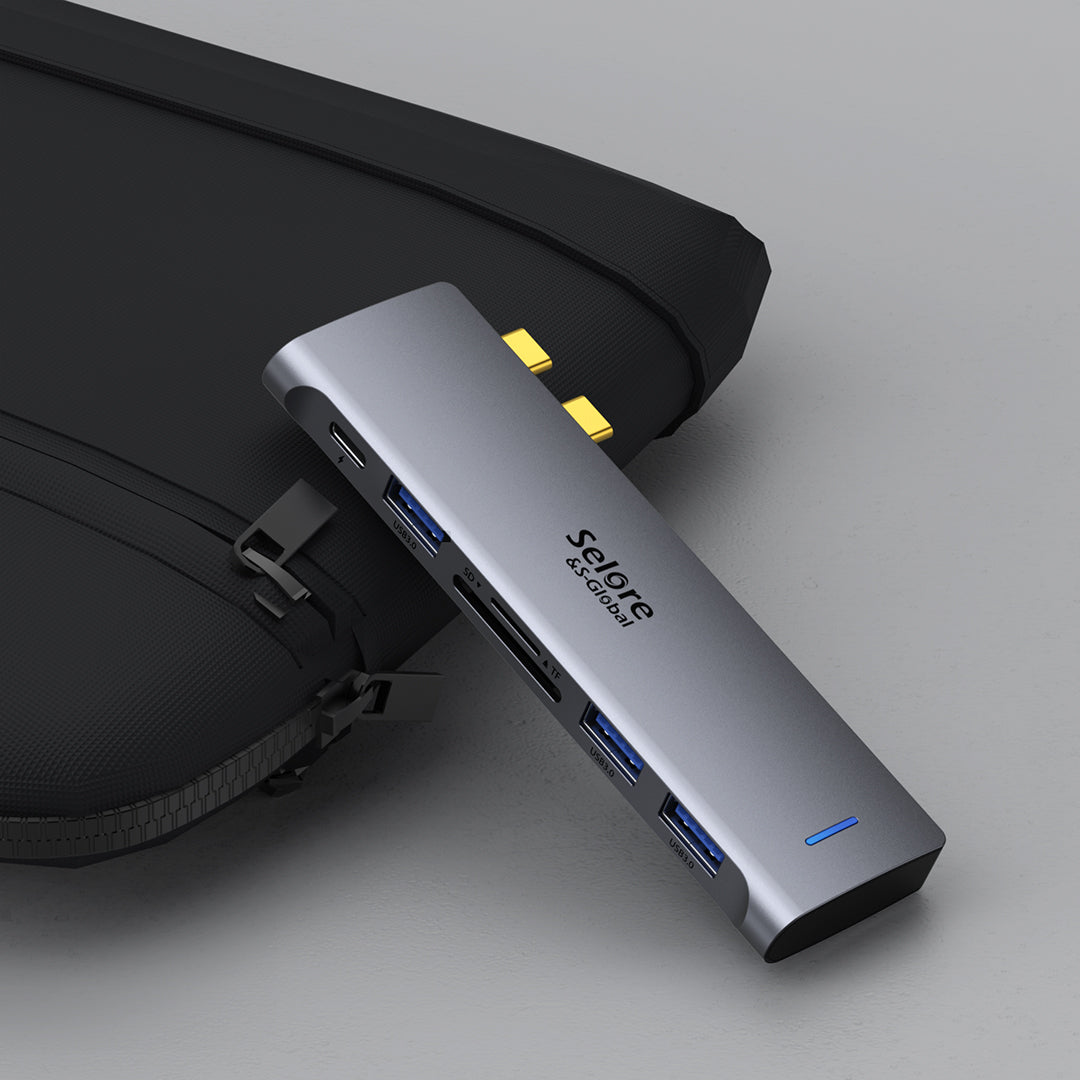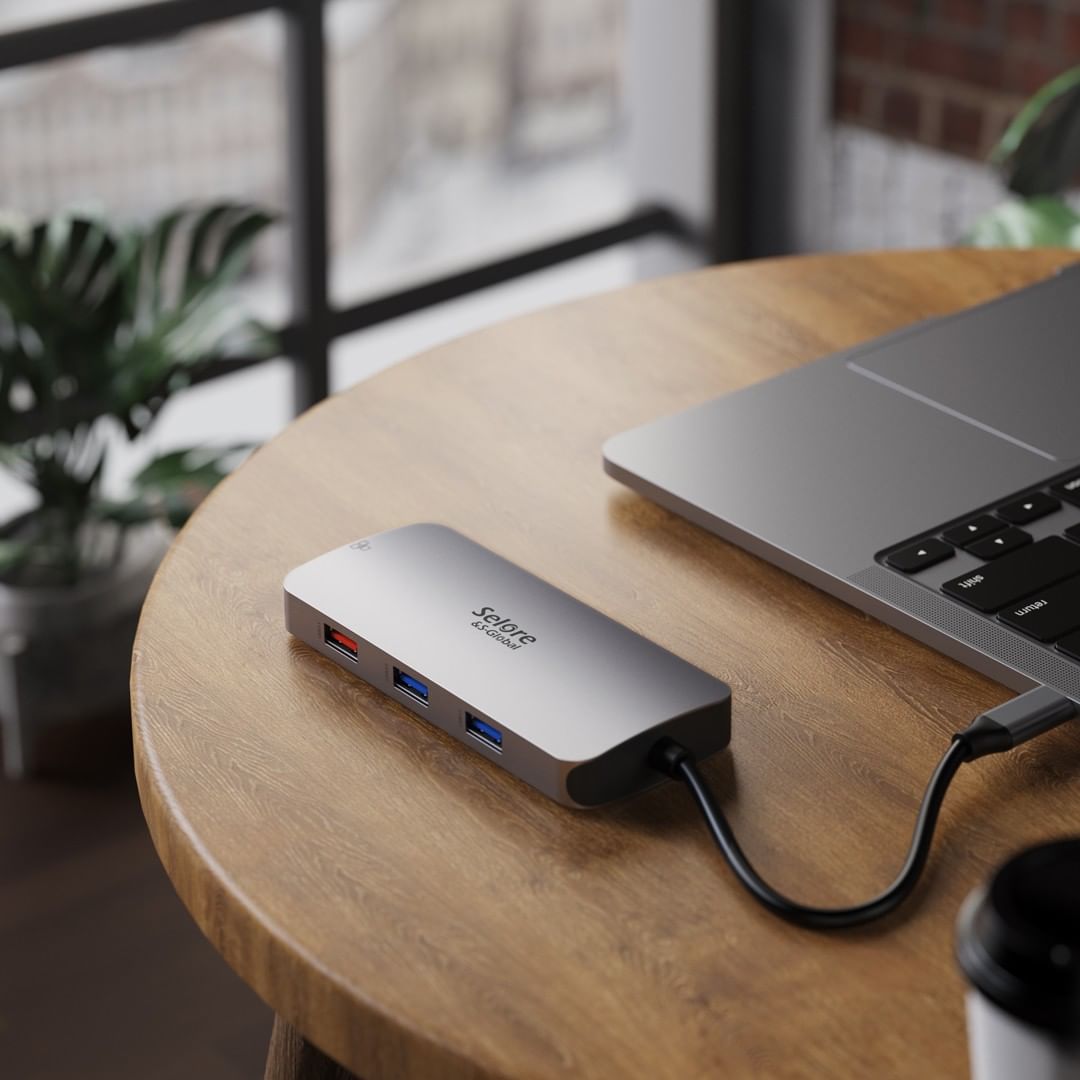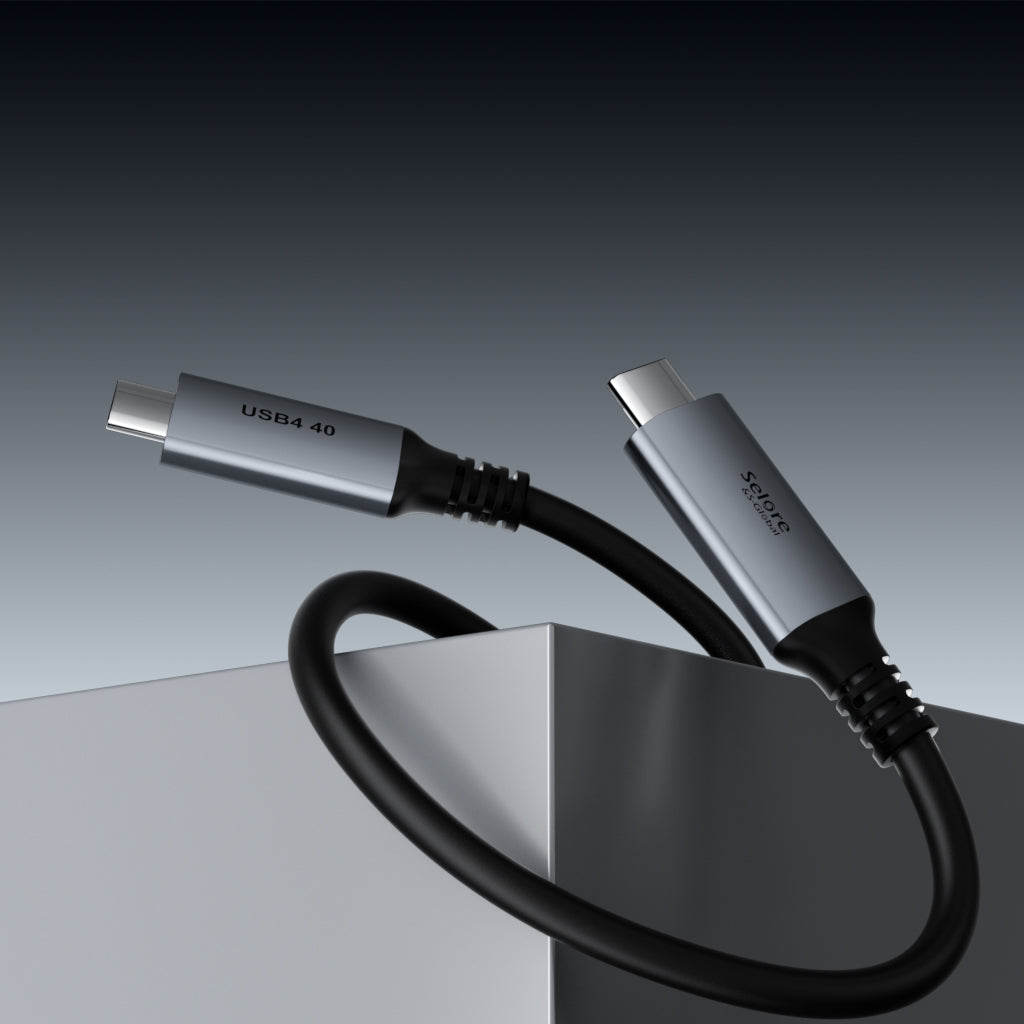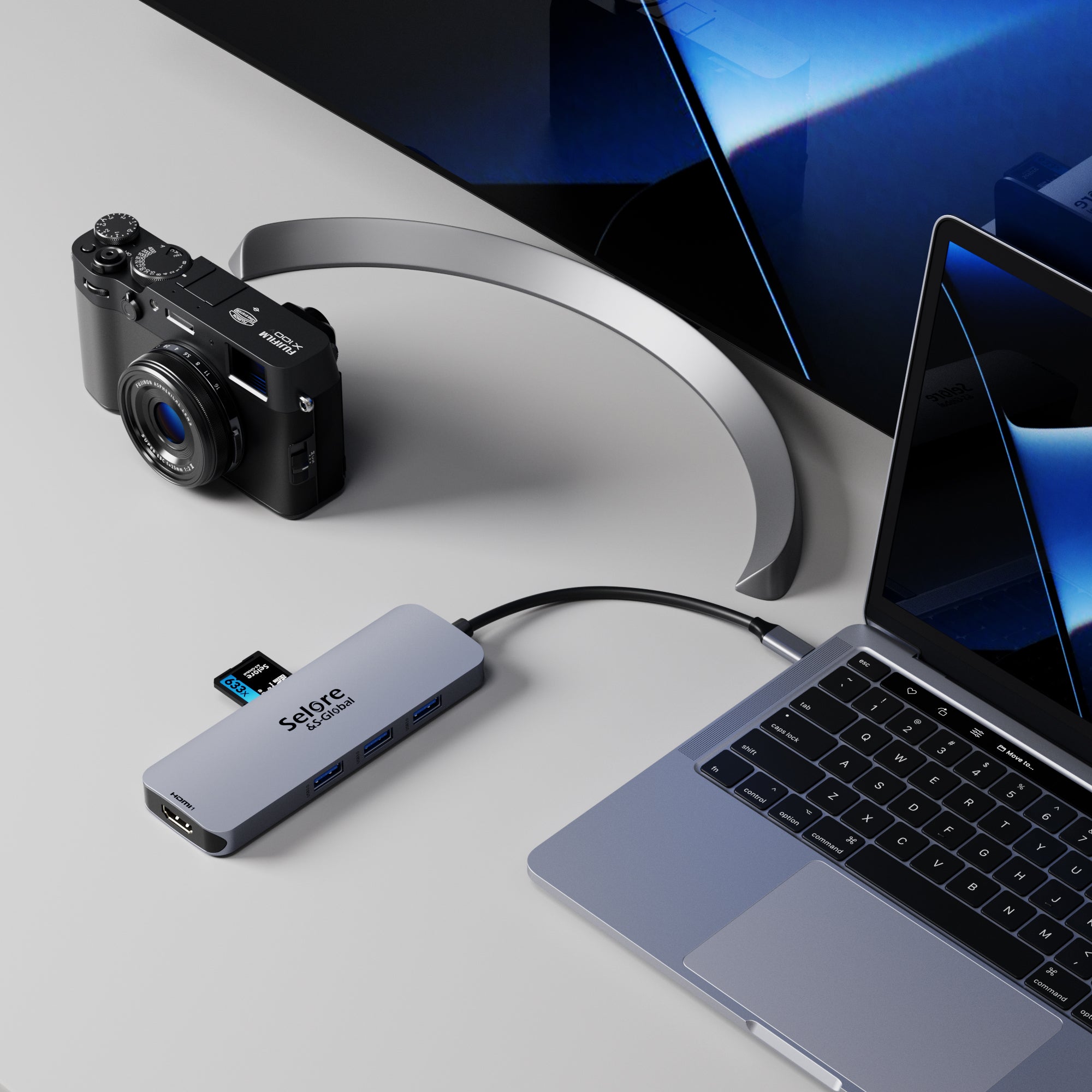Selore&Global
Read the article you want

What Exactly Is The Difference Between Thunderbolt 3 & USB Type C?
As technology has continued to develop in recent years, the modern workforce has focused on increasing productivity and efficiency. For design practitioners, one of the things they are doing almost every day is transferring various data, signals or files from one device to another via different types of cable. For the average person, determining which cable to use can be a confusing process. This is because, as far as appearance is concerned, different cables often look identical to each other. And picking the wrong cable can result in unnecessary losses, such as a reduction in transmission speed.

Hardware Knowledge: HDMI VS DisplayPort
DisplayPort abbreviation DP, is a PC and chip manufacturer alliance developed by the Video Electronics Standards Association (VESA) standardization of digital video interface standards. The interface is free from certification and licensing, mainly for video sources and displays and other devices connected, and also supports the carrying of audio, USB and other forms of data.

USB 4 VS Thunderbolt 4 : What Should We Know?
Before we get into the specifics of the new Thunderbolt 4 protocol, let’s first back up and explain what Thunderbolt is and does, and how we got here. Introduced by Intel and Apple, Thunderbolt first showed up on a MacBook Pro in 2011. The physical form of the port was a mini DisplayPort connector with a little lightning-strike icon next to it. It combined DisplayPort and PCI Express technologies in a single cable to drive high-resolution displays and high-speed data transfers with a top speed of 10Gbps. Using the same physical port, Thunderbolt 2 doubled the bandwidth to 20Gbps and added DisplayPort 1.2 support, giving the interface the ability to drive a video signal to a 4K display.

More Faster? Talking About The Difference Between USB3.1 10G & USB 3.0 5G
USB 3.1 Gen2 is the latest USB specification, which was initiated by companies such as Intel. The data transfer speed can be increased to a speed of 10Gbps. Compared with USB 3.0 (ie USB3.1 Gen1) technology, the new USB technology uses a more efficient data encoding system and provides more than double the effective data throughput. It is fully backward compatible with existing USB connectors and cables.







